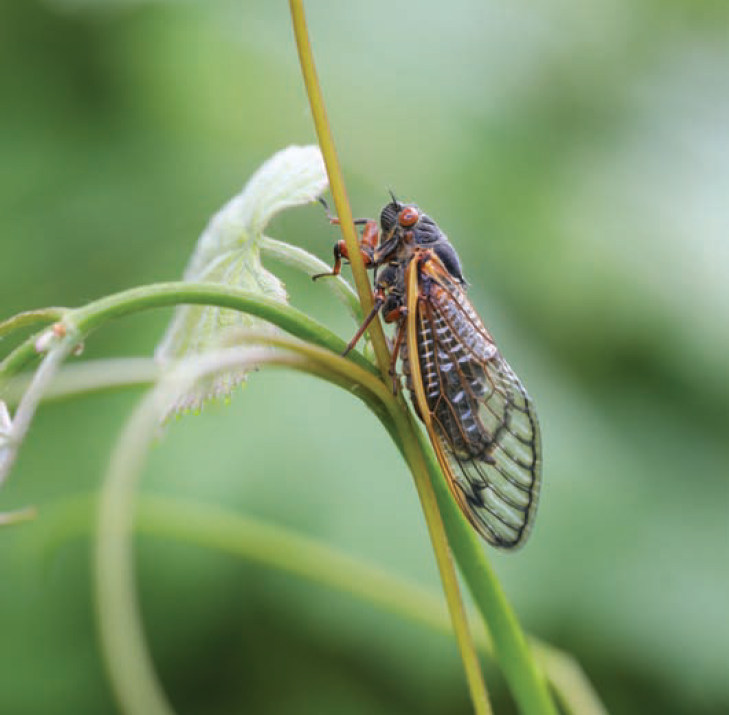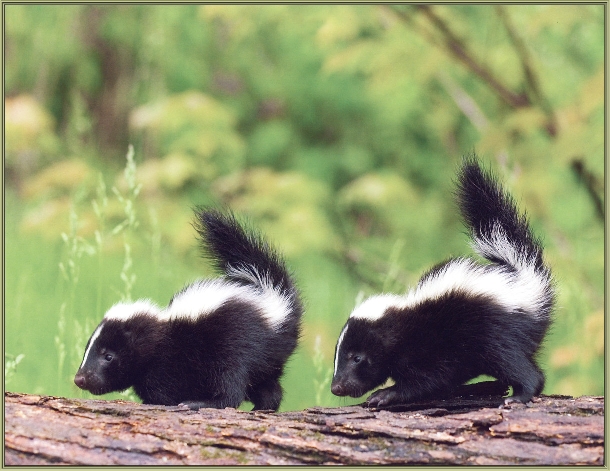Skip to content
Critter Corner: Woodpeckers Vital to Healthy Forest Ecosystem
By Emily Dunn / Stewardship Program Manager
While spending time at one of HLT’s preserves, such as Idell or Zega-Lockatong, you likely have heard the rhythmic drumming of a woodpecker, or even caught a glimpse of one navigating a tree trunk. These familiar birds play a crucial role in the health of a forest ecosystem, and are considered keystone species – meaning that their presence makes a significant impact on other species in the forest.
Woodpeckers use their strong bills to create holes in dead and dying trees to use as nest cavities. Once these cavities are abandoned by the woodpeckers, they are utilized by a wide variety of other wildlife, including owls, wrens, ducks, squirrels, and bats, who aren’t able to build these cavities themselves and therefore depend upon the woodpeckers for the creation of their homes.
Dead trees, often called snags, are such an important part of the ecosystem that they impact HLT’s management strategies at our preserves. While dead trees in high-risk locations, such as near trails or parking areas, are not wanted, we allow dead trees to remain standing whenever possible to provide this crucial habitat. Beyond the animals that utilize cavities, many wood-eating insects require snags as a food source, and in turn become food for insect-eating birds, mammals, and reptiles. Once these snags fall naturally, they become shelter for amphibians, reptiles, small mammals, and other wildlife.
We’re interested in learning what woodpeckers – and other wildlife – you see on our preserves. Report your bird sightings on Cornell Lab of Ornithology’s eBird database (www.ebird.org), and other wildlife sightings on iNaturalist (www.inaturalist.org). If you’d like to join our efforts to manage and enhance HLT’s preserves for wildlife, contact our Stewardship Program Manager, Emily Dunn (emily@hunterdonlandtrust.org) about volunteer opportunities.
Seven woodpecker species can be found in Hunterdon County:
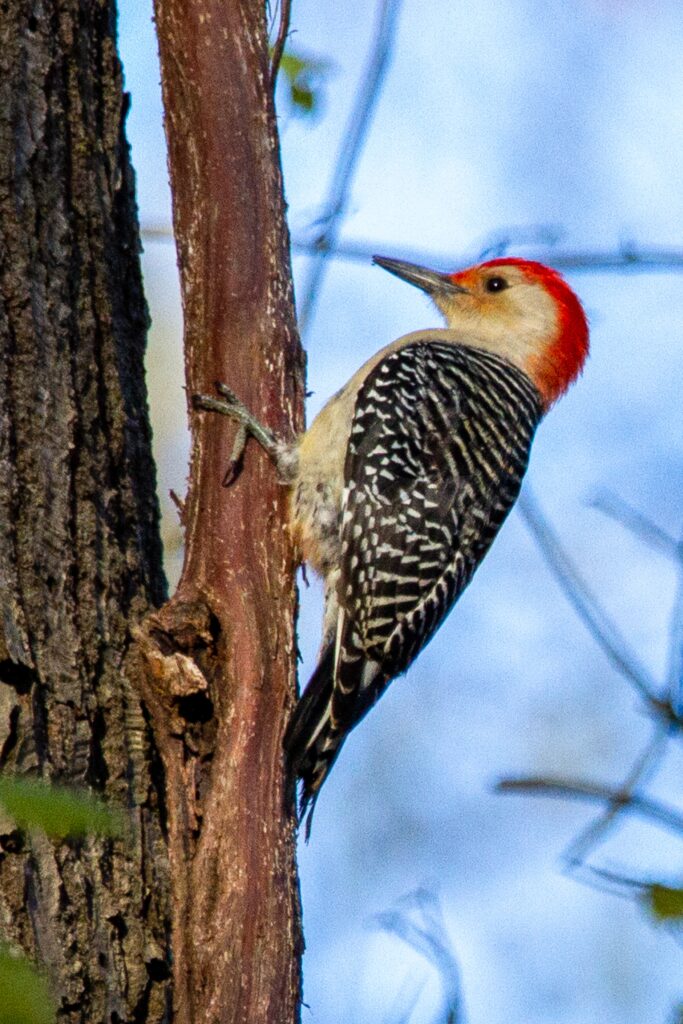
Red-bellied Woodpecker: black-and-white bars on back, red crown and nape.
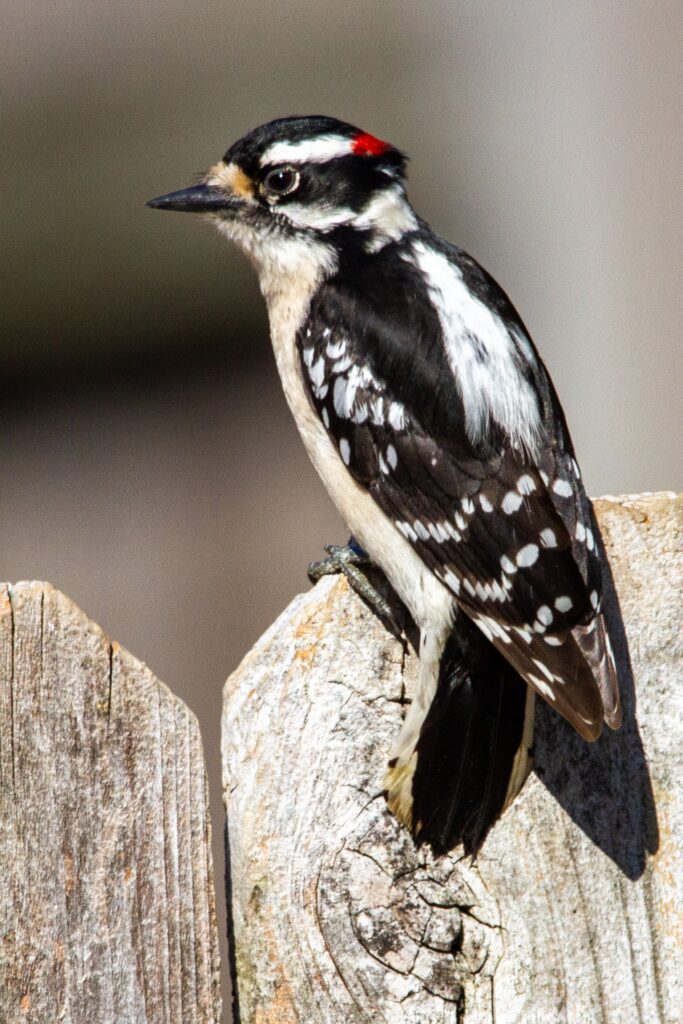
Downy Woodpecker: small woodpecker with black and white back, white below.
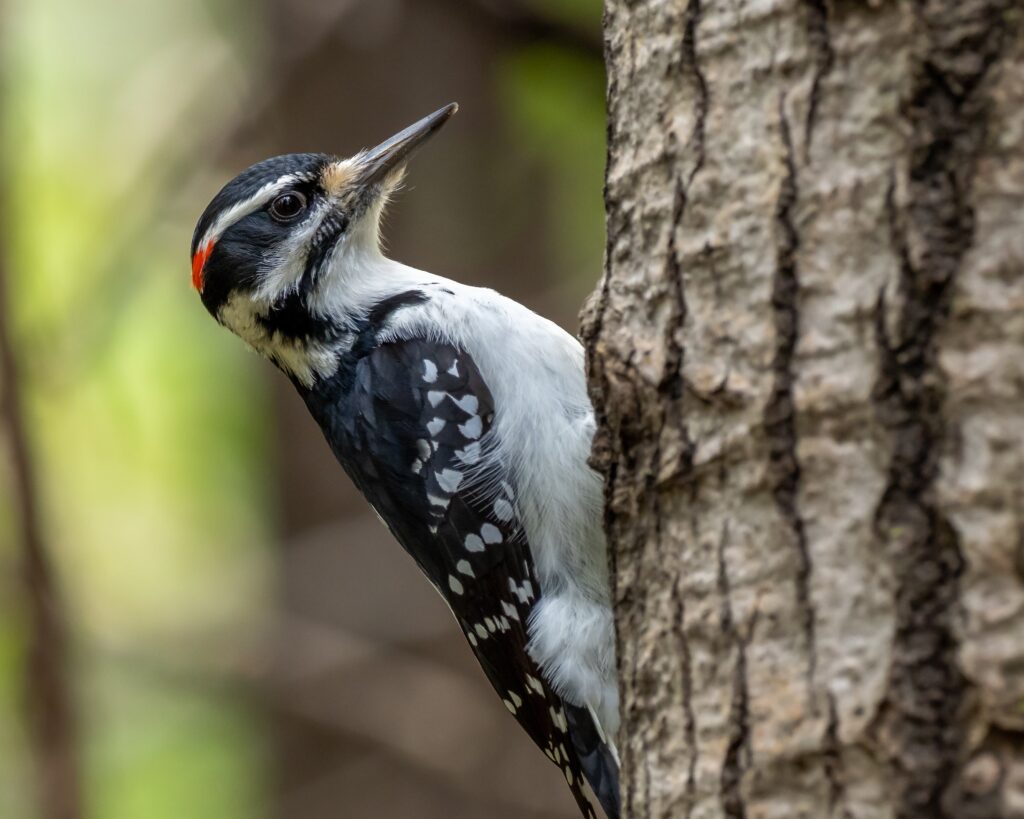
Hairy Woodpecker: similar in appearance to Downy, but larger overall, and longer bill.
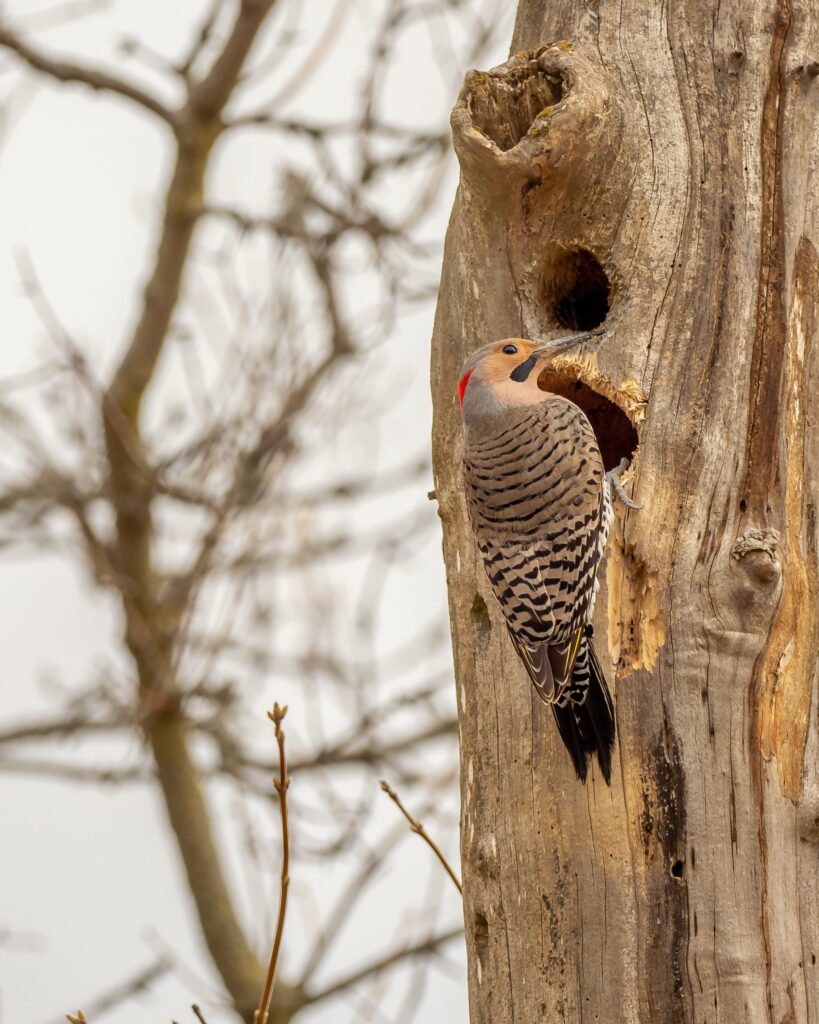
Northern Flicker: brown woodpecker with black speckles on feathers. Unlike other woodpeckers, often found foraging for insects on the ground.
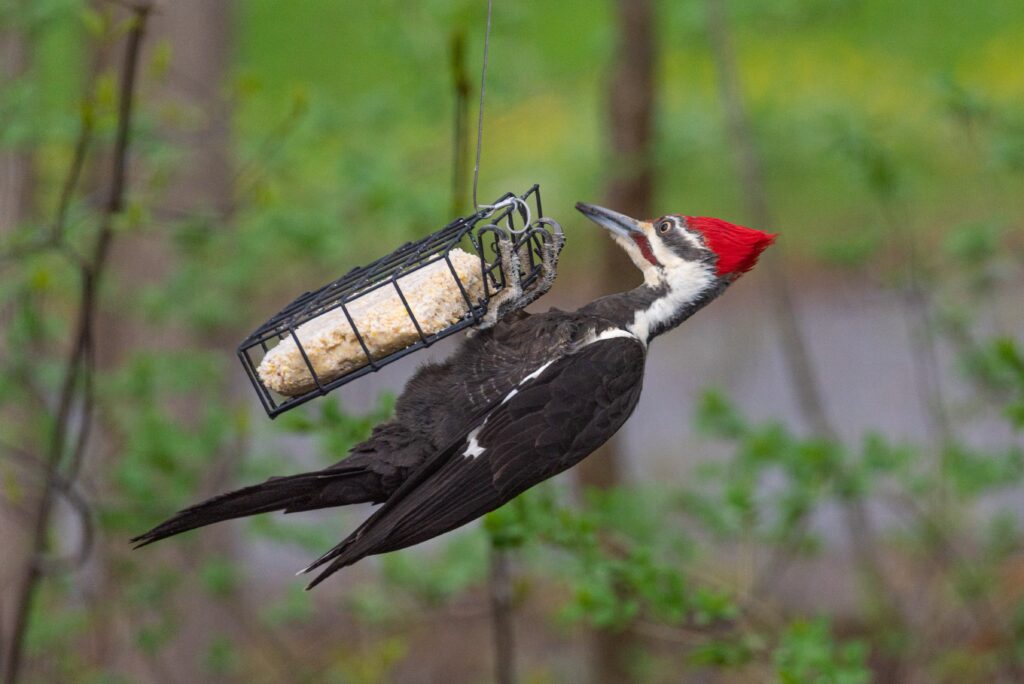
Pileated Woodpecker: large black woodpecker with striking white stripes on neck and bright red crest.
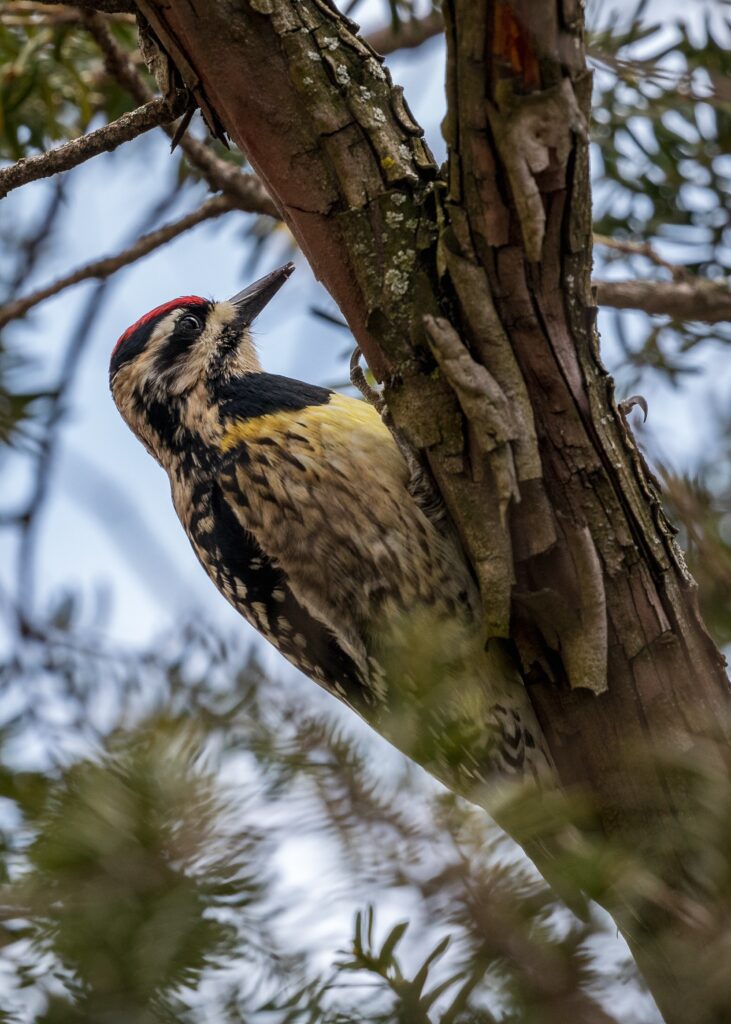
Yellow-bellied Sapsucker: black-and-white coloration with red crown. Drill horizontal lines of shallow holes in trees to obtain their primary food source, sap. Found late fall-early spring.
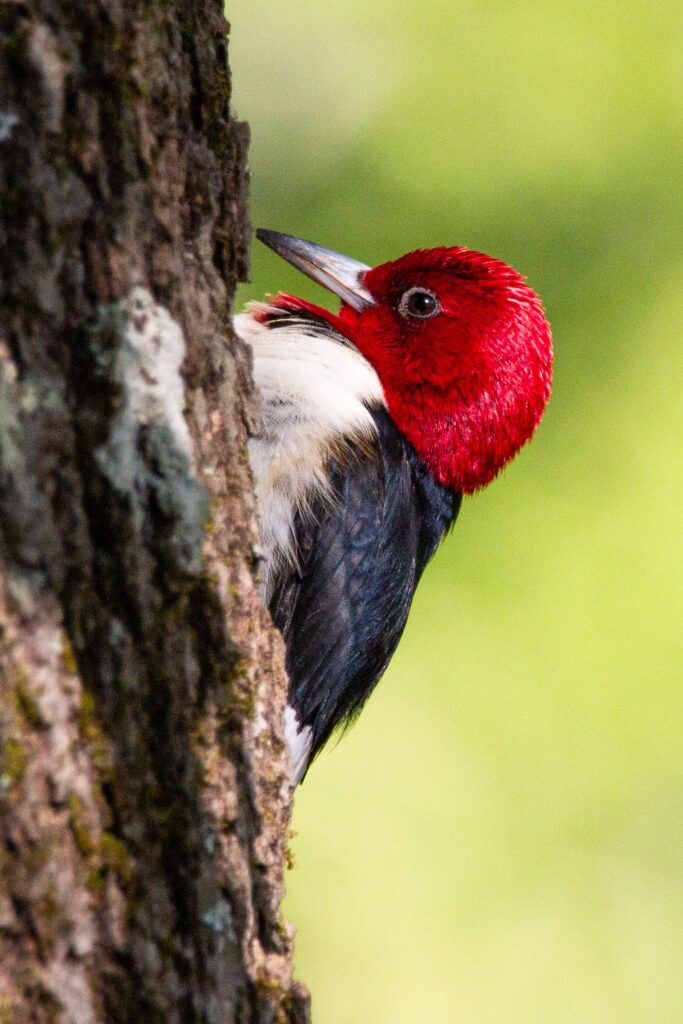
Red-headed Woodpecker: white body, black-and-white wings, and bright red head. Less common in Hunterdon County; listed as Threatened in NJ.
Share This Story, Choose Your Platform!








